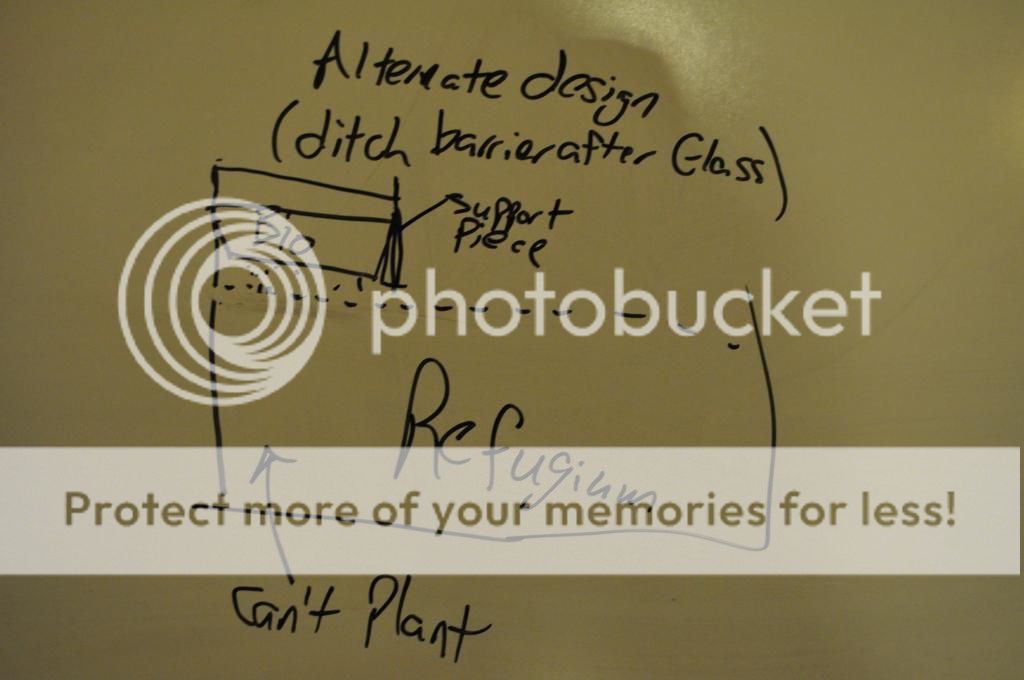AquaStudent
Members
I picked up a 20L at the $PG sale for use as a sump on my 55g AC tank.
In doing my research I've come across quite a few different options on filtration and want to see what you all have experience with.
First, here are my thoughts.
I'd like to start the sump off with a trickle down onto some foam/floss. This will provide some mechanical filtration. Is this step necessary (I've heard mixed answers) and could I replace it with just Biological filtration?
Either way, next, I'm thinking biological filtration by the way of either Bio-balls or ceramic media. Is it better to provide a trickle drop on these as well?
Third and final, I'd like to have an open area to plant. With the bioload of a cichlid tank I'd like to help combat nitrates at least a little bit. Plus, I love growing plants!
The remaining section will house the return pump.
A 20L is a decent amount of space but I want to try and maximize the planting area while providing a great source of filtration. The tank will likely still have a canister filter attached to it although I'll switch out my Fluval 306 for a Magnum350. The Fluval will go to the tank in my bedroom because it's much quieter! I don't want the Magnum350 running on it's own because it's not as reliable or powerful as the Fluval.
Thoughts? Experiences? Ideas?
In doing my research I've come across quite a few different options on filtration and want to see what you all have experience with.
First, here are my thoughts.
I'd like to start the sump off with a trickle down onto some foam/floss. This will provide some mechanical filtration. Is this step necessary (I've heard mixed answers) and could I replace it with just Biological filtration?
Either way, next, I'm thinking biological filtration by the way of either Bio-balls or ceramic media. Is it better to provide a trickle drop on these as well?
Third and final, I'd like to have an open area to plant. With the bioload of a cichlid tank I'd like to help combat nitrates at least a little bit. Plus, I love growing plants!
The remaining section will house the return pump.
A 20L is a decent amount of space but I want to try and maximize the planting area while providing a great source of filtration. The tank will likely still have a canister filter attached to it although I'll switch out my Fluval 306 for a Magnum350. The Fluval will go to the tank in my bedroom because it's much quieter! I don't want the Magnum350 running on it's own because it's not as reliable or powerful as the Fluval.
Thoughts? Experiences? Ideas?







